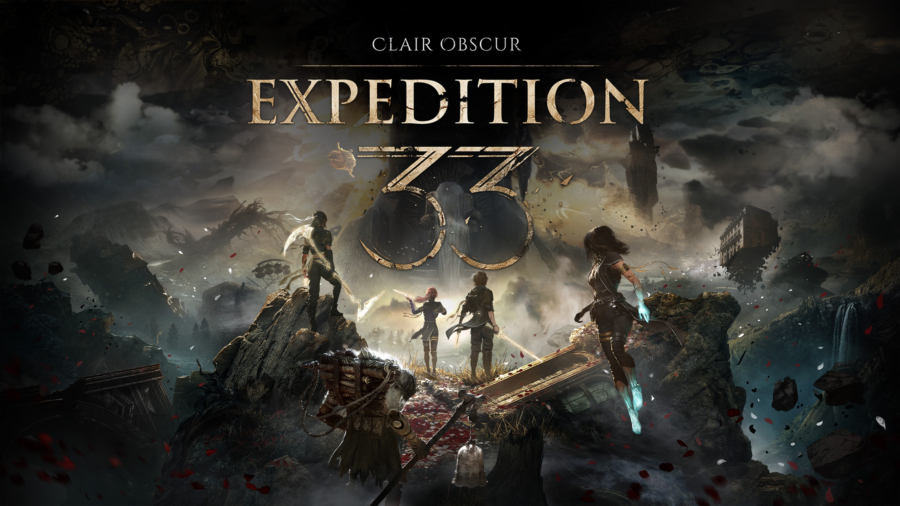Clair Obscur: Expedition 33 Spiel Pt. 2
Spoilers ahead of the game. I did a spiel on Clair Obscur: Expedition 33 recently, and I wanted to elaborate on the subject. If you haven’t read it already, that one does not have any major narrative spoilers and primarily focused on the gameplay aspect. And for this particular piece, much of it relies on knowing the ending of the Clair Obscur, or at least up until the half-way point where most of the twists are revealed.
With Spoilers, Spiel
Let’s start with Renoir. He’s a powerful nemesis, in both literal and canonical sense, against the expedition, played by Andy Serkis. He begins as the obstacle against the expedition, which, without understanding his character, Expedition 33 would have too many unanswered questions. He is the character that marks both the beginning and the end of the expedition.
And that is his, and ultimately, the narrative work of the game’s, problem. Renoir, as we know him, banishes in the second act. In the third, we learn all of Lumière, including the dear citizens who portrayed to be looking for answers to Gommage, is simply fake; this includes the continent, supernatural beings, and even the hostile creatures such as Nevron. None of the characters we played as are real. The only one exception is Alicia Dessendre, who takes the position of Maelle in the first two acts. Her story in Lumière is mostly brushed off as insignificant coping mechanism for her brother’s untimely death.
Clair Obscur is certainly not the first story that tells the big twist where everything we had established was fictitious to some level. Just in video games, SOMA, from 2015, closely played around the philosophical questions that are left out in Lumière. These themes were examined and developed into a horror, — as the game was a sci-fi horror title — whereas in this particular game, there are no themes. The best metaphor for these painted world I could think of is substance abuse; the grieving family is abusing them. The lives of the people living inside the painting were mere plaything in the grand scheme, and even in the actual game, the final fight to choose an ending is between two hybrid characters who have some real world background. All the other painted characters don’t get a say in the matter.
Even in the Dark Souls 3, the question of imaginary or haven-like world was better developed than what we see in Clair Obscur. In the DLC, Ashes of Ariandel, the player is confronted with a similar question as we do now with the painted world of Verso: will you grant them “peace” that is nothing but a facade, or will you raze it to the ground. With its linear game design, Dark Souls didn’t give much of a choice to players, and the information was mostly in the form of lores; both hostile and friendly NPCs had reasons to believe what they believe and do as they do. In Clair Obscur, these characters are alienated from their own world.
All the playable characters that we grew attached to are ultimately reduced to characters on a child’s painting. And its value, according to other painters, is nothing short of a poison. Irregardless of the Painters’ takes, the fact that major characters are switched out in the middle of a game surely reminds me of Inscryption, the one game that was controversial for its changed gameplay and art style in later acts. If the experience from the beginning of a game is canonically a facade, whereby the experience of the player is designed to be disingenuous, the act itself should still carry its own value as a mere placeholder. After all, if it is a placeholder, it better have a good reason to reserve the place for something else.
If I counted correctly, there are total of three encounters against Renoir, the true nemesis of the game. But the Renoir as we know dies in the second encounter — the painted Renoir, so does the quite literal Expedition 33. The real Renoir, Renoir Dessendre, isn’t introduced on stage until the third act, and the expedition is only resurrected to be used as a foot soldier. It irks me, in a way that reminds me of Diablo 3 — we defeat the lords of hell without asking questions, and look where it got us. We took down our nemesis in Clair Obscur, and it left us with the painted world where painters can choose to do to their hearts’ content, a stark similarity in both trope and narrative quality.
